I was really thrilled to use my first enameled cast iron pot when I initially got it. I constantly use it in my regular cooking.
I understand how costly enameled cast iron can be, but it is well worth the cost. However, as time passed, I noticed some small black spots on the bottom of my enameled cast iron. Then I started to wonder whether there was something wrong with the way I was using my enameled cast iron.
I got frustrated with how I can repair my chipped cast iron. I’m also concerned about how it will affect my cooking and whether it is safe to use once it has been chipped.
And my frustration goes on and on, I decided to do some research into my problems.
If you’re having the same issue as me, keep reading and I will help you with that.
Why does cast iron chip?
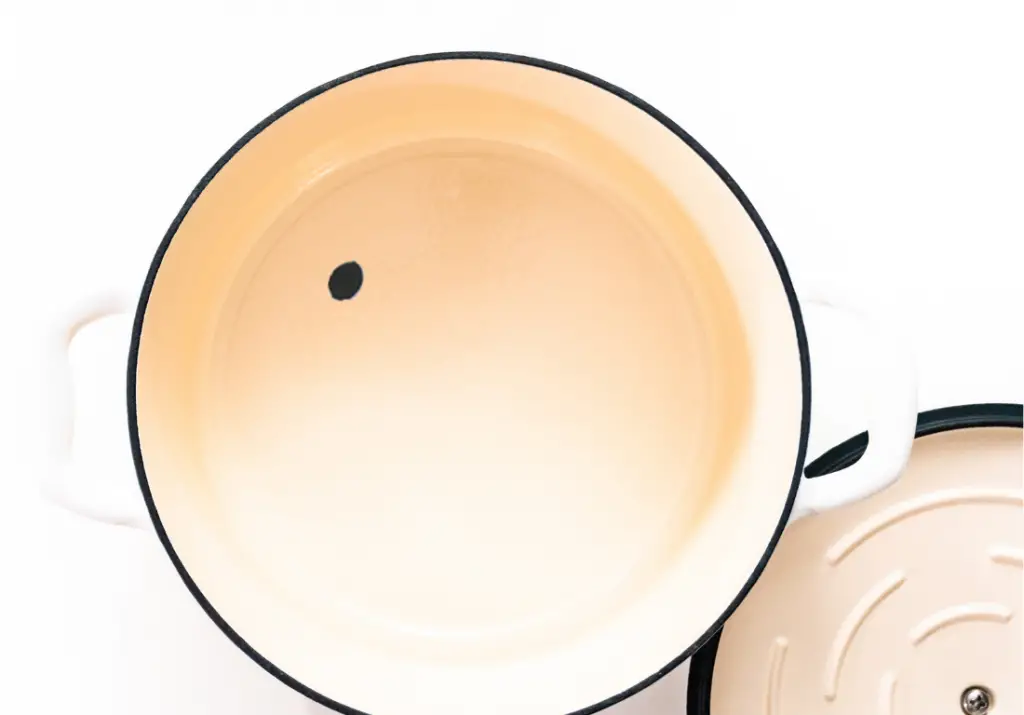
Enameled cast iron cookware is made with a glaze that is made from powdered glass. The metal beneath your cookware is protected by this smooth coating. But why does it chip in the first place?
This coating is not particularly fragile, but it may chip if you hit it with a metal spoon or use it at an extremely high temperature.
Another reason your cast iron is easy to the chip is that it hasn’t been properly seasoned. Seasoning your cast iron may take some time, but it will greatly improve the life of your enameled cast iron.
is it dangerous to use a chipped enameled cast iron?
And, to answer that question simply, YES. A chipped enameled cast iron is not safe to use.
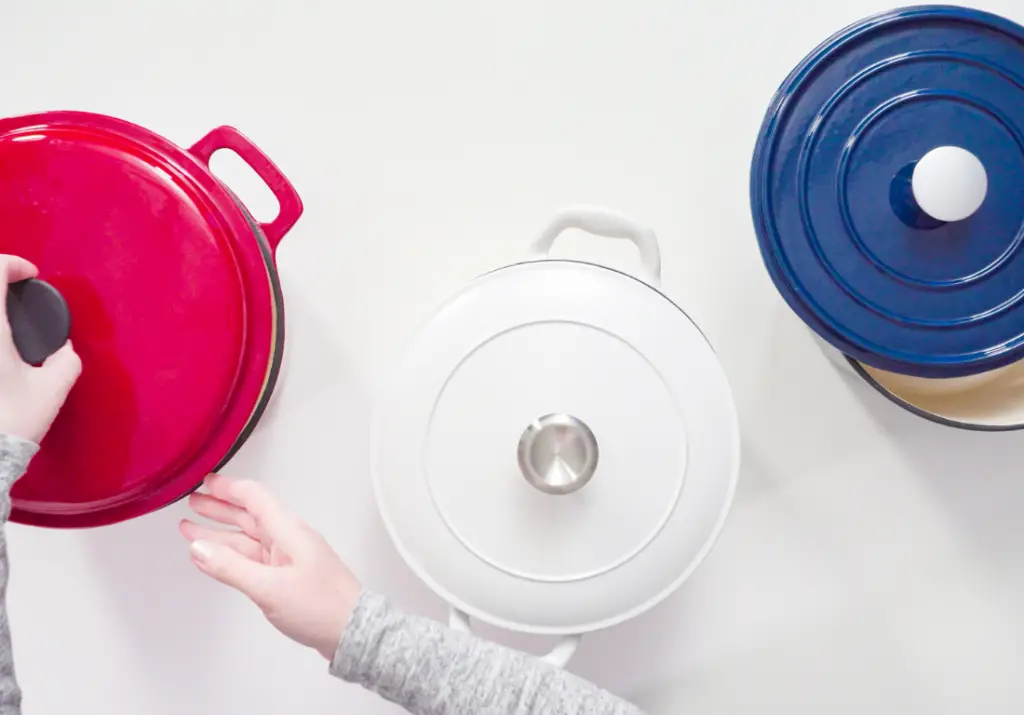
Most manufacturers’ common advice is that enameled cast iron with chips is dangerous and should not be used. If you keep using a chipped enameled cast iron, it will keep chipping.
Stop using your enameled cast iron if you find a chip on it because cast iron can produce iron toxins that can harm your health. Here’s what you can do to avoid this problem.
Check out the video below!
What can you do to prevent cast iron chips?
This is very common advice to avoid chips on your enameled cast iron. Do not use metal on your cast iron. It is good to use silicone spatulas or wooden spoons.
It is also important to read the manufacturer’s manual to be guided on how to take care of your cast iron. You can also find the highest temperature your enameled cast iron can handle.
Wash your enameled cast iron with hot and soapy water but avoid it submerged for long periods of time. Do not use rough sponges or scrubbing tools since they can chip the coating. And don’t heat an empty enameled cast iron and stop whacking your utensils to the rim of your pot.
America’s Test Kitchen has a short video on how to avoid chips on your enameled cast iron. Take a look at it!
But what if it is too late for you to prevent the chips on your enameled cast iron? Here’s what you should do.
What do you do once cast iron has chipped?
If it’s too late to keep your enameled cast iron from chipping. The best thing you can do is look into the product’s warranty.
The majority of manufacturers provide a product warranty. It can be a lifetime or a limited warranty. If your enameled cast iron chips, contact the manufacturer to check if the damage is covered under their warranty policy.
The following are the processes to getting your enameled cast iron replaced:
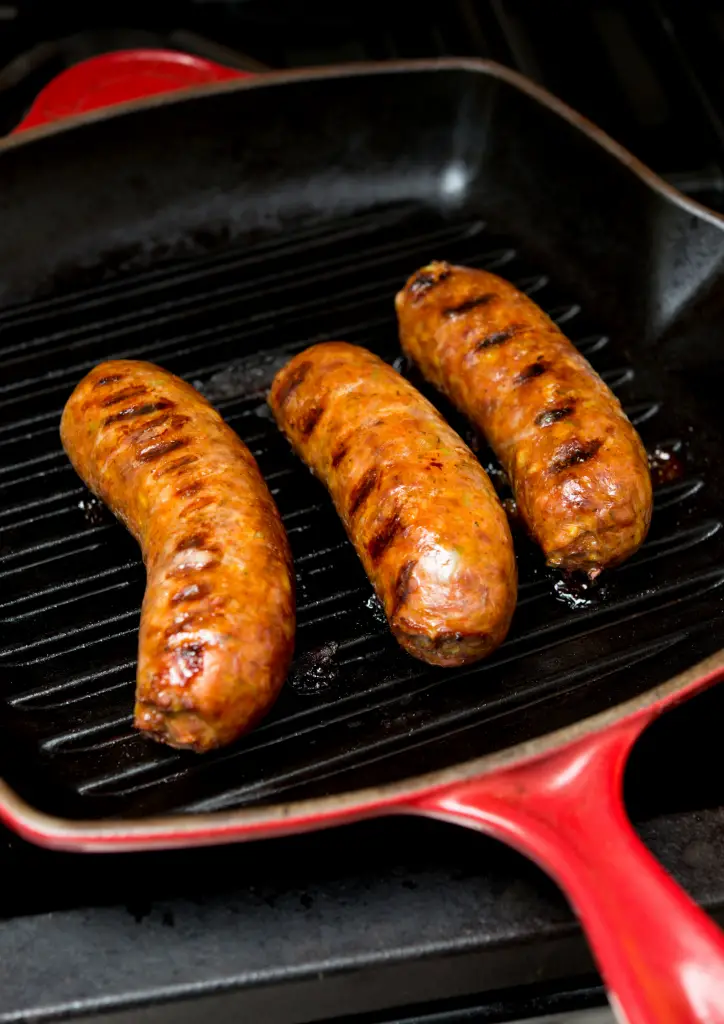
1. Fill out the warranty claim form.
2. Obtaining the manufacturer’s initial approval of your claim.
3. Deliver the product to the manufacturer.
4. Your item will be inspected by the manufacturer.
5. Obtaining official confirmation of the replacement by email or phone call.
Can you still fix cast iron once it’s chipped?
This is a common question to ask with enameled cast iron. Basically, the manufacturer doesn’t recommend fixing your chipped enameled cast iron at home. If your item is still under warranty, you can request a replacement by contacting the manufacturer.
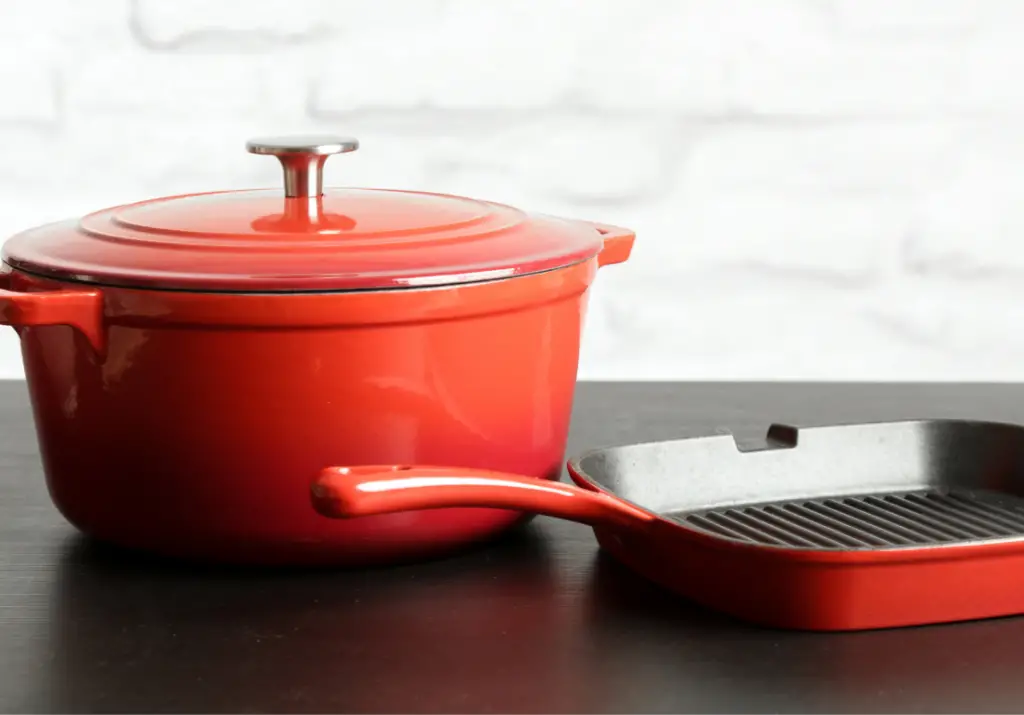
However, if you’re looking for a quick treatment at home. You can buy a food-safe epoxy. Fill in the gap left by the chipped enameled with epoxy. Allow the epoxy to set slightly before pressing with wax paper. Allow the epoxy to dry after applying pressure to flatten it.
After the epoxy has dry, lightly smooth the edges with sandpaper. Finally, coat the area with epoxy and let it dry, using a food-safe enamel and a paintbrush.
How to Properly Care for your Enameled Cast Iron?
Enameled cast iron can be pricey. But with proper care, it will be passed down through generations.
How to properly care for your enameled cast iron? Here are some tips and tricks to help you!
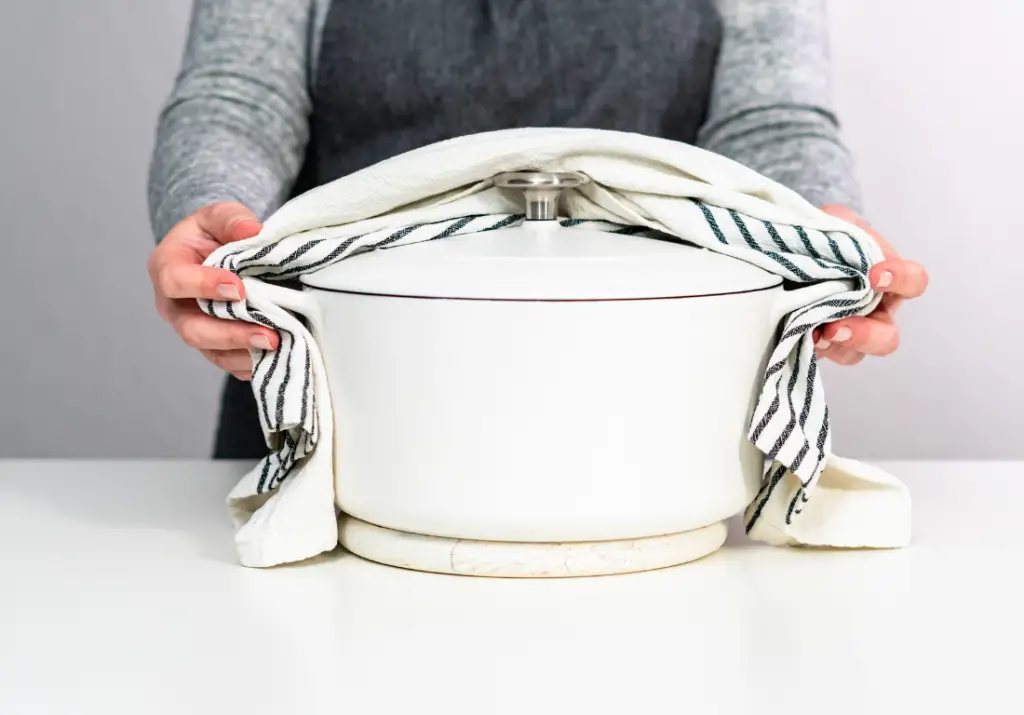
Tips When Cooking on your Enameled Cast Iron
- Enameled cast iron can be used on any cooktop or oven.
- Never slide your enameled cast iron. Always lift it to avoid scratches and chipping.
- You can use oil or cooking spray for a better cooking experience and clean-up.
- Do not expose your enameled cast iron at a very high temperature.
Do’s and Don’ts on your Enameled Cast Iron
- Do not clean in the dishwasher. Although some of the cast irons are dishwasher safe it is best handwashed as the dishwasher has aggressive water action and high drying temperature that can damage it.
- Do not expose your enameled cast iron to direct heat unless there is food or liquid inside.
- Use wooden nylon or silicone tools with your enameled cast iron.
- You can use your enameled cast iron on an induction cooktop, gas cooktop, and oven.
people also ask
What happens if you scratch the enameled Cast iron?
A scratch on the surface of an enamel-coated oven makes it look bad and makes it more likely to get more damage, like the paint chipping off or the metal underneath rusting.
How long does enameled cast iron last?
Enameled cast-iron utensils usually only last 3–5 years and need special care to last that long. They can’t handle high temperatures, and the glazed enamel coating can chip, crack, or come off if they are used roughly.
Should I season enameled cast iron dutch oven?
Enameled cast iron pots don’t need to be seasoned before they can be used. They don’t rust like regular cast iron does, and you can use soap to clean them.
Conclusion
Now that we all know how to avoid chips and the threats that they might pose to us if we continue to use them, It is important to have full knowledge of how to care for your enameled cast iron.
Stop using your cast iron if you discover little chips and contact the manufacturer to get it replaced. Alternatively, you can use food-epoxy and food-enamel to repair it on your own.
Your health could be risked if your enameled cast iron becomes chipped. Cast iron has the potential to produce iron toxicity in humans. If you continue to use your chipped enameled cast iron, iron toxins may contaminate your meals, posing a serious health risk.
For any home cook, enameled cast iron is a must-have and a worthwhile investment. Given its advantages and comfort to the user, it requires careful maintenance to last a long time.
If you still don’t have one, go look for the best-enameled cast iron and some enameled cast iron accessories.
So, what went wrong to cause your cast iron to chip? Let us know in the comments!


